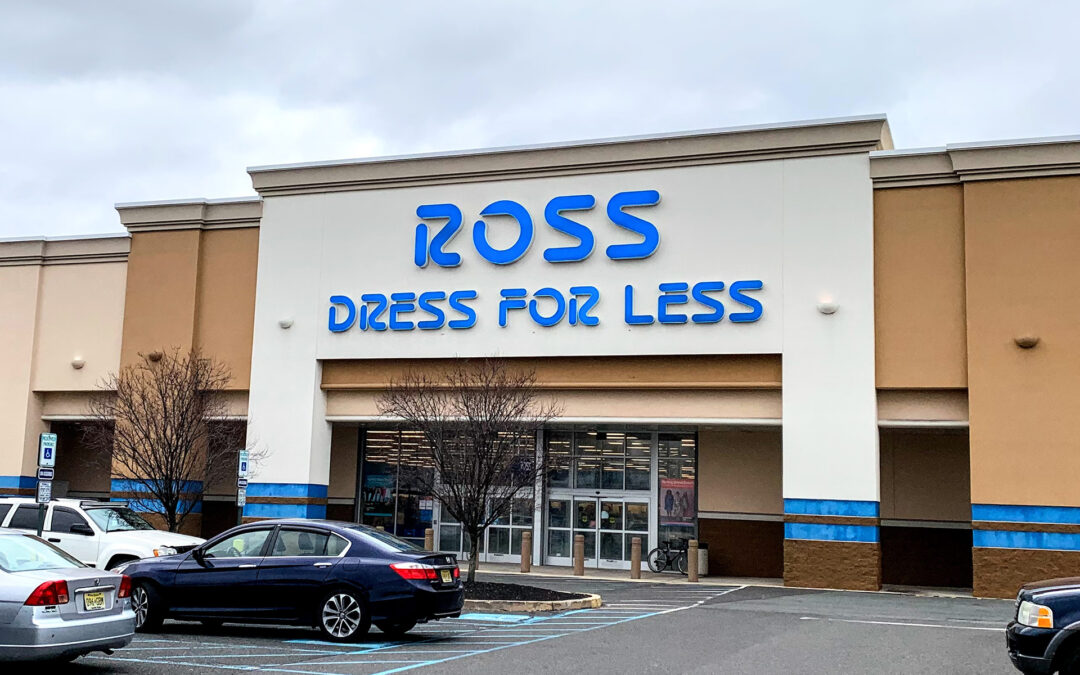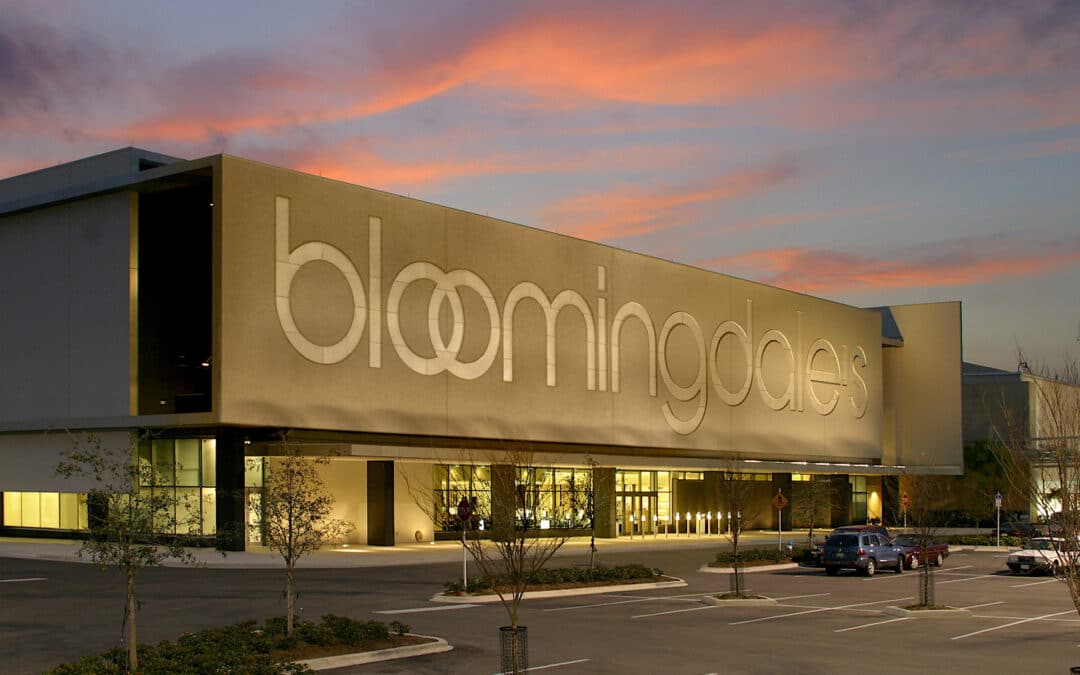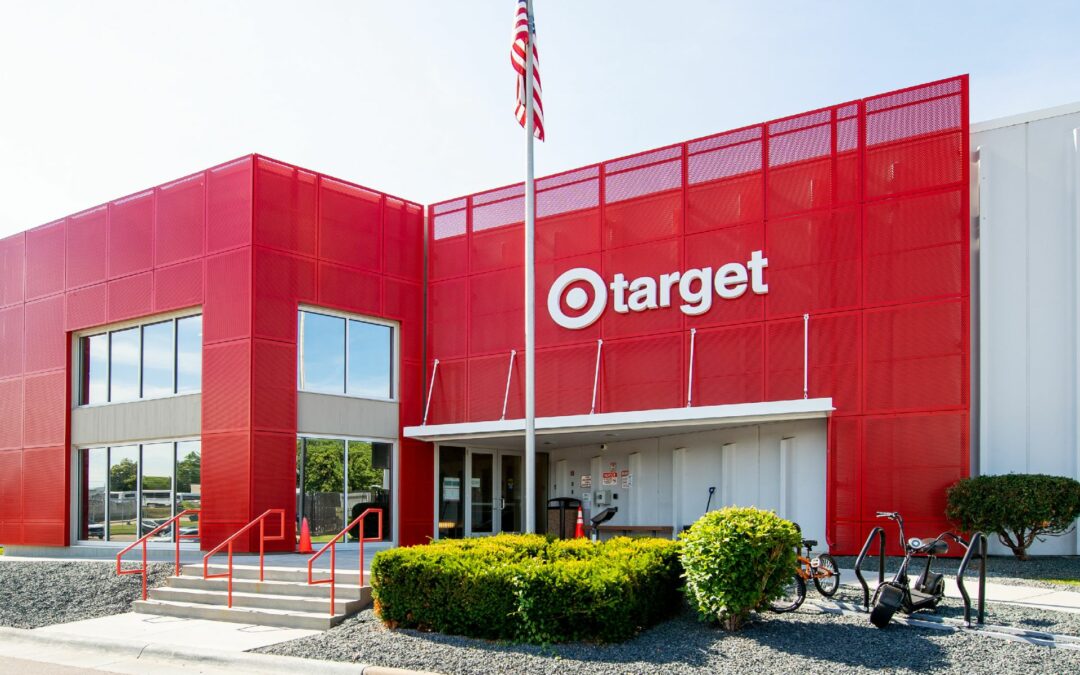The summer has been a busy one for Amazon due to Prime Day, events such as the rollout of its Rufus AI-enhanced search engine and shopping assistant, and, now, the relaunch of the company’s recommerce site as Amazon Resale.
What had operated as Amazon Warehouse now has a more consumer-friendly name and a system of identification to help shoppers weigh price versus condition to arrive at a valuation of items they might want to purchase.
Each product available on Amazon Resale is inspected and tested beforehand to assess its physical and functional condition, the company noted in a blog post announcing the change in the recommerce operation.
Based on the quality checks, Amazon identifies products as:
- Used – Like New. The product is in perfect working condition and all its essential accessories are complete, although the packaging may bear some damage.
- Used – Very Good. The product is in fine condition and fully functions, though it may have seen limited use and have minor cosmetic imperfections, and it may arrive with damaged packaging or be repackaged. The item could be missing some non-essential accessories, which would be listed under the individual item description.
- Used – Good. The product is in good condition and fully functions although it may show wear from moderate use and have minor cosmetic damage such as a small scratch, and it may arrive with damaged packaging or be repackaged. The item may be missing some valuable accessories and it may not be used until those accessories are purchased separately, with missing accessories listed under individual item descriptions.
- Used – Acceptable. The product serves its main function but may have clear signs of usage, including cosmetic damage such as scratches, dents, and worn corners or edges, and it may arrive with damaged packaging or be repackaged. The item may be missing some valuable accessories, components or spare parts, and it may not be used until those parts are purchased separately, with missing parts listed under the individual item description.
Amazon Resale inventory will change frequently, with one result being that it will have something of a treasure hunt proposition. Amazon’s returns policy extends to purchases made through Amazon Resale, but the company may be unable to replace a product with one in the exact same condition and, so, offer something similar in stock.
In the blog post, Amazon stated that consumers look to it for value and low prices, so the company continues to search for new ways to offer products at a variety of price points. Amazon Resale provides goods from kitchen products, furniture and grills and outdoor cooking items to pet supplies, home improvement tools and electronics. On average last year, Amazon Resale customers saved more than 25% over new products, the company maintained. .
Of course, another way Amazon provides savings besides recommerce operations is through its major promotional events, and a new study suggested that more of its customers took advantage of this summer’s Prime Day than was true for other major retailers during their recent deal occasions.
According to a study by Earnest Analytics, 19% of shoppers who made a purchase at Amazon in the 12 months ended July 30 also shopped during Prime Day. Target had the next highest participation rate, with the omnichannel Circle Week promotion prompting 12% of shoppers to purchase. TikTok Shop got 5% of consumers who purchase through the social media operation to buy during Deals for You Days. Wayfair saw 2% of its customers return to shop its Black Friday in July sale.
Then, 2% of Walmart’s customers spent online and in-app during its Deals sale, but Earnest pointed out that the smaller proportion emerges from a huge customer base.
On July 12, Amazon announced that Rufus, beta-tested this past winter, had been released to all U.S. customers.





